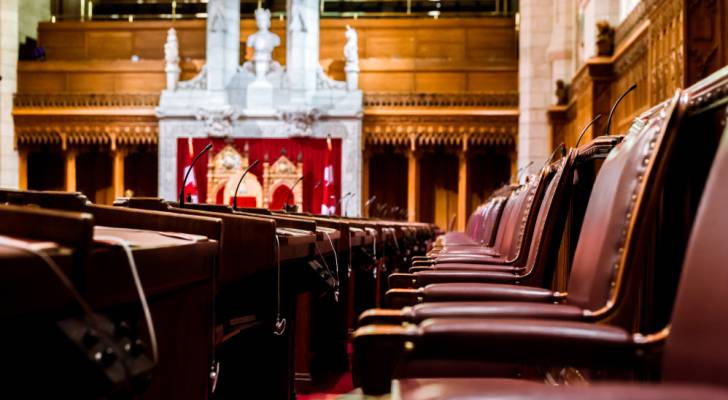Trump says USA doesn’t need Canadian oil, gas, autos or lumber: How this stance could impact Canadian industries and investors

President Donald Trump’s address to the World Economic Forum in Davos has sent shockwaves throughout Canada’s economic and investment communities, further fueling the economic uncertainty that has been a defining feature of his return to the Oval Office. Trump, who appeared via video conference, remarked how the US doesn’t need Canadian oil, gas, autos or […]
Lack of fast and reliable charging is the top issue for Canadian EV owners

Canadian EV owners’ biggest challenge is a lack of convenient and reliable public charging options. This is according to a Canadian Automobile Association (CAA) survey of 16,000 EV drivers across the country. "Our survey paints a picture of people happy they bought an EV, saying they are cheaper to operate and easier to maintain than […]
Most Canadians don’t have estate plans, survey finds

A mere 15% of Canadians have a plan for how their money and belongings will be distributed after they’re gone, according to a recent survey from RBC Insurance. This figure only increases to 24% for current retirees. "We often hear people say, ‘I had no idea how hard it would be’," Selene Soo, RBC Insurance’s […]
What would you do with $150K?

Imagine you’ve got an extra $150K in your bank account. What are you going to do with it? Let it burn a hole in your pocket? Take yourself off to the mall for a shopping spree? Or do the responsible thing and invest it? While not everyone will end up with such a large sum, […]
Think that a group life insurance plan through your job is all the coverage you need? Think again

Canadians are clearly seeing the benefits of having a life insurance policy, with 57% of Canadian adults revealing they have life some form of insurance coverage, per a recent study by LIMRA, the largest trade association supporting the insurance and related financial services industry. This represents a three-point increase from a similar study conducted by […]
Canadian economy expected to slowly grow in 2025, despite Donald Trump tariff risks

The Canadian economy is expected to grow moderately in the first quarter of 2025, according to the latest Main Street Quarterly report from the Canadian Federation of Independent Business (CFIB). The report forecasts growth of 2.5% in the first quarter, following an increase of 3.2% in the final quarter of 2024. “While the Canadian economy […]
Inflation, cost of living still top of mind for Canadians, despite a lack of financial planning

According to a new survey from TD Bank Group, 49% of Canadians surveyed still foresee inflation and cost of living as their biggest financial challenge this year. This is down 9% from last year. "As 2024 came to a close with a fifth consecutive interest rate cut from the Bank of Canada, Canadians have responded […]
Prorogation of Parliament and the proposed capital gains tax amendment

In the spring federal budget, Prime Minister Justin Trudeau proposed an amendment to the capital gains tax, to take effect in the summer. But, with the announcement that Trudeau is stepping aside before the amendment receives Royal Ascent, Canadians are left questioning who their next leader will be, and, for many, what this will all […]
Can you still get a car loan after bankruptcy?

In the age of super high debt loads, bankruptcy remains one of the more misunderstood topics in Canadian personal finance, despite its prevalence over the past year. As of the second quarter of 2024, households had an average debt level of $176,525 according to Statistics Canada. Plus the Canadian Association of Insolvency and Restructuring Professionals […]
Using a gift letter for a mortgage down payment

Let’s say you’re ready to buy your first home — and take advantage of mortgage rates that are finally starting to drop — but your bank account isn’t. If you don’t have the down payment money, loved ones are allowed to help. But you’ll need what’s known as a "gift letter." What is a gift […]